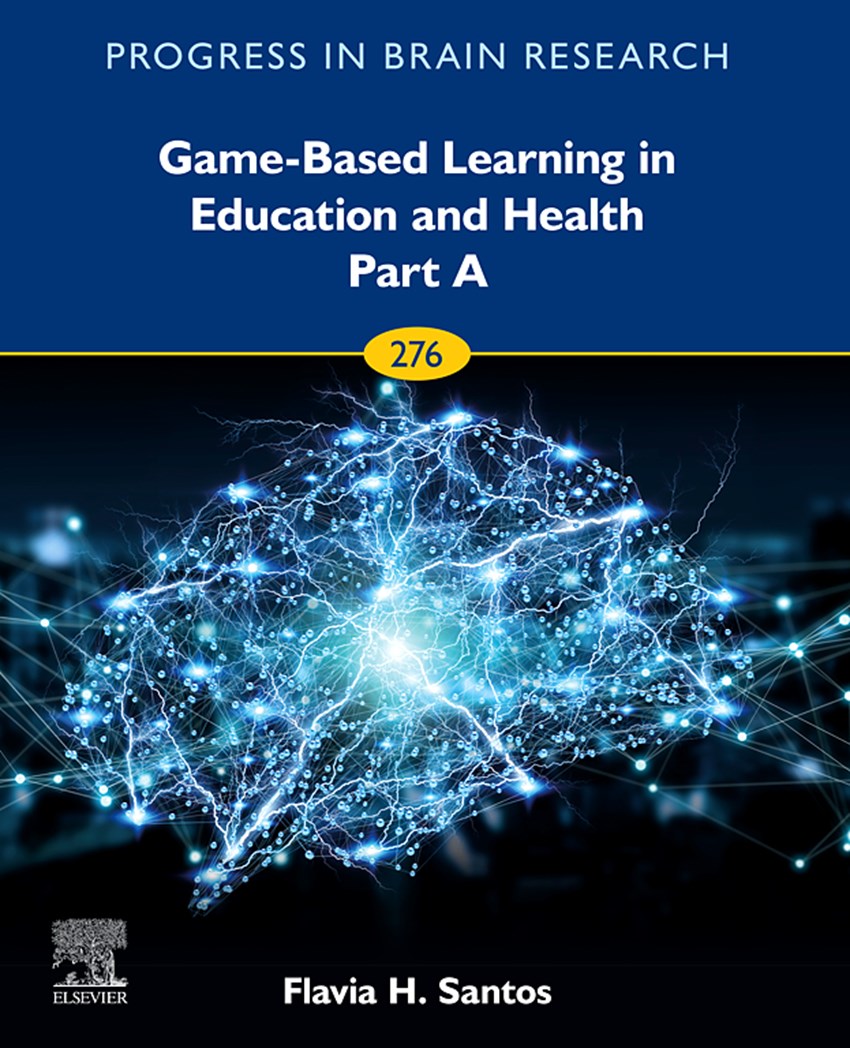Matthew Sacchet, investigador principal do projeto 99/20 - Beyond "mindfulness" and toward a modern science of meditative mastery and spiritual transformation, apoiado pela Fundação BIAL, estudou o estado de ausência total de consciência alcançado por alguns praticantes experientes durante a meditação. Além da ausência de qualquer experiência de tempo ou cansaço durante esse estado, os praticantes também relatam uma profunda clareza e possíveis insights após emergirem do estado de ausência de consciência induzido através da meditação. Dados preliminares indicam que esse estado é caracterizado por uma baixa sincronização da banda alfa em comparação com os estados de vigília e de sono. Padrão semelhante de dessincronização na banda alfa foi observado em estados de inconsciência induzidos por cetamina e propofol. Para saber mais consulte o artigo Cessations of consciousness in meditation: Advancing a scientific understanding of nirodha samāpatti publicado na revista científica Progress in Brain Research.
ABSTRACT
Absence of consciousness can occur due to a concussion, anesthetization, intoxication, epileptic seizure, or other fainting/syncope episode caused by lack of blood flow to the brain. However, some meditation practitioners also report that it is possible to undergo a total absence of consciousness during meditation, lasting up to 7 days, and that these “cessations” can be consistently induced. One form of extended cessation (i.e., nirodha samāpatti) is thought to be different from sleep because practitioners are said to be completely impervious to external stimulation. That is, they cannot be 'woken up' from the cessation state as one might be from a dream. Cessations are also associated with the absence of any time experience or tiredness, and are said to involve a stiff rather than a relaxed body. Emergence from meditation-induced cessations is said to have profound effects on subsequent cognition and experience (e.g., resulting in a sudden sense of clarity, openness, and possibly insights). In this paper, we briefly outline the historical context for cessation events, present preliminary data from two labs, set a research agenda for their study, and provide an initial framework for understanding what meditation induced cessation may reveal about the mind and brain. We conclude by integrating these so-called nirodha and nirodha samāpatti experiences—as they are known in classical Buddhism—into current cognitive-neurocomputational and active inference frameworks of meditation.

































































































